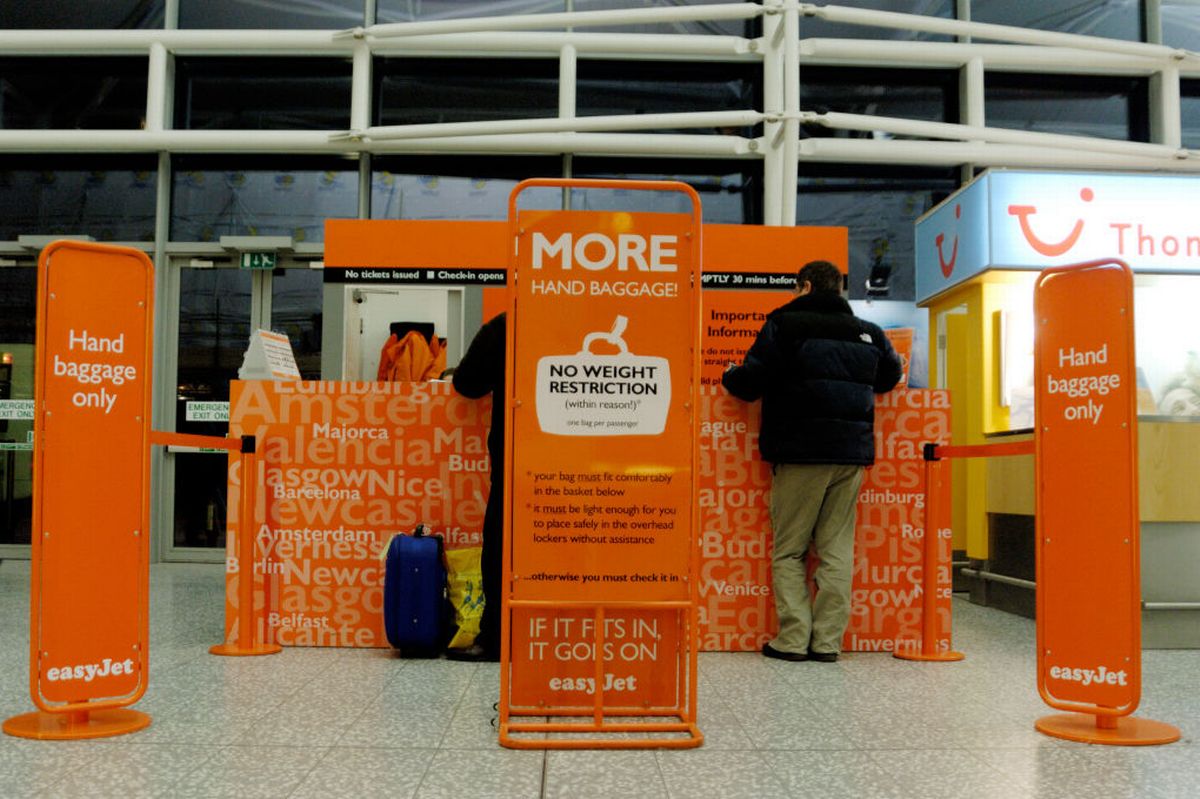An investigation by consumer group Which? has raised questions about how available the cheapest claimed cabin bag fees advertising by budget airlines are in reality
Advertising watchdogs are investigating claims about easyJet’s cabin bag fees.
The budget airline says passengers can take a bag on board from just £5.99 each way. But researchers from consumer group Which? were unable to find the price when they searched 520 easyJet options. The cheapest it found was £23.49, and the average £30 – about five times more expensive than the lowest price claimed. And as the cabin bag fees are one way, for most passengers the cost would be doubled when returning home from their trip.
The finding prompted Which? to lodge a complaint with the Advertising Standards Authority, and it is now being investigated.
A spokesperson for easyJet said: “EasyJet’s bag options and pricing is transparent and well understood by our customers, allows them to pay for only what they want and no more and enables us to keep fares low for everyone. This year 100 million passengers are choosing to fly with us and with our customer satisfaction scores up year on year, it’s clear that customers continue to value the choices that we offer.”
Which? also looked for Ryanair’s claimed lowest cabin bag price of £12 each way, and says it only found it available twice out of 634 flights – or just 0.3% of the time. The average fee for Ryanair was £20.50, it says.
It was a similar story for Wizz Air’s 15 euro claim, that Which? found was available just twice on the 338 flights checked.
Rory Boland, Editor of Which? Travel, said: “Our research shows that the tens of millions of passengers who need to take a cabin bag will pay much more than the cheapest price advertised – rather than a few pounds, prices for bags can often be more than the flight itself. “The tactics used by these airlines deserve to be called out, that’s why we have shared our findings with the regulator.”
Ryanair hit back strongly to the claims against it, branding the Which? research “total rubbish”. A spokesperson said: “Ryanair operates over 100,000 flights each month or over 1.2million flights annually so your ‘survey’ of just 600 flights is statistically too small to be representative or accurate.”
A Wizz Air spokesperson said: “Wizz Air flies over 75 million passengers each year, so a sample of 350 flights isn’t representative of cabin bag pricing across our full network. “Given the small sample and the fact we’ve had no visibility of the data, we believe it is potentially misleading.”

